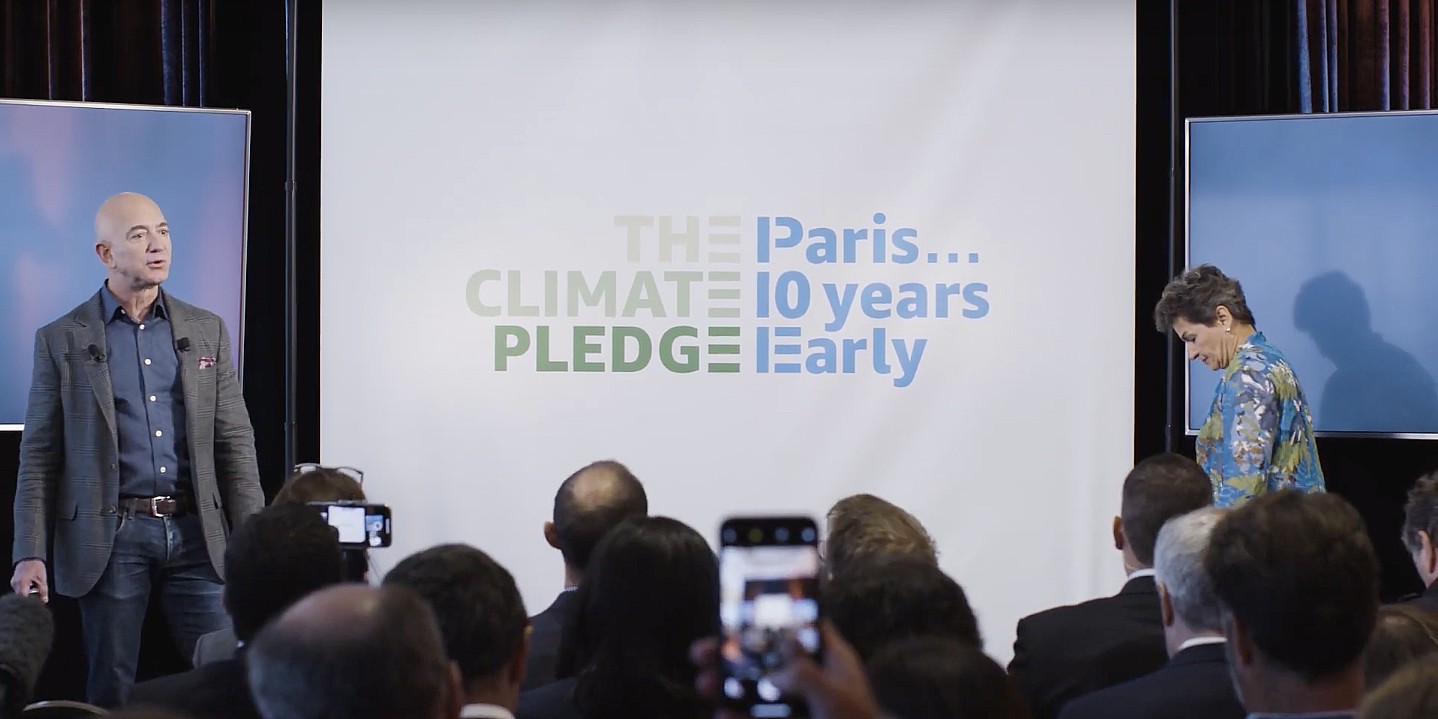
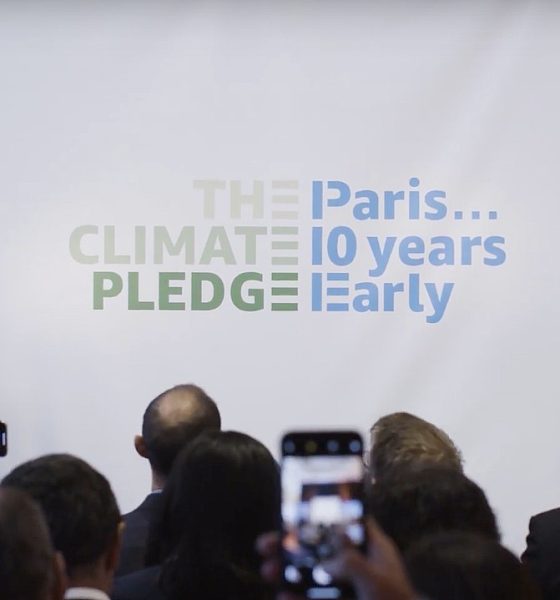
News
Amazon to help boost oil production amid Climate Pledge, Rivian van orders
Just a few weeks ago, Amazon CEO Jeff Bezos announced that his company would be purchasing 100,000 Rivian electric vans to deliver its packages, as well as provide more eco-friendly packaging. The decisions were made after employees demanded he take the necessary steps to reduce the carbon footprint the e-commerce giant was causing. Bezos complied, alleviating the possible strike that Amazon employees were poised to take part in.
It finally seemed like one of the world’s biggest companies was taking an environmental approach to its business model, but that may not entirely be the case. As revealed by a press release from Weatherford, one of the world’s leading oilfield service companies, Amazon was one of the main contributors to the U.S. Oil and Gas Industry’s “Production 4.0” forum at the Enterprise Software Conference in Houston, Texas. The forum’s theme was simple — it centers on the development of technology that can accelerate and improve oil production.
“Weatherford Production 4.0 products, including ForeSite Edge, ForeSite Platform, CygNet Platform and ForeSite Sense, activate field-wide intelligence to maximize production. Weatherford delivers the future of production performance through next-generation automation, IoT infrastructure and advanced optimization software to boost production, uptime and efficiency,” Manoj Nimbalkar, Weatherford’s Global VP of Production Automation and Software, said.
The irony of Amazon’s decision to join this conference is notable. The company, after all, previously committed to delivering its new, environmentally-conscious packages via electric vehicle just a few short weeks ago, and now is helping the oil industry thrive. The future of gas and oil will not only contribute to the global climate crisis, but it also contributes to the decision to not have large corporations take a more environmentally-aggressive approach to the operations of their businesses. The influence Amazon might have carried with its decision to rely less on fossil fuels to power its vehicles could have convinced other companies to follow in its footsteps.
Bezos gained the respect of many eco-friendly groups when he announced his partnership with Rivian. The CEO invested $700M into the electric automaker in February 2019, making the impression that he and his company would begin gearing up for a future that would not include operating on fossil fuels. But when the company began its “Climate Pledge” in mid-September at the National Press Club, details were vague. Bezos was nevertheless adamant about doing his part to help reach the specifics of the Paris Agreement, and even took an aggressive line by stating that he wanted to accomplish the goals 10 years early. Despite the fact that the US will pull out of the agreement on behalf of President Donald Trump later this year, Amazon, at least at the time, have the impression that it was doing its part to contribute to environmental sustainability.
But unfortunately, the old saying “actions speak louder than words” is all too true here. All while Bezos and Amazon were taking the necessary steps to reduce its carbon footprint and become a company that will help the planet, it appears that they were putting an effort to help advance oil and gas companies just the same. It appears they have taken two steps forward and three steps back with this news. After all, when Bezos was asked at the National Press Club meeting in Washington, D.C. if he would sever ties with oil companies that Amazon supports, he gave a firm “No.”
Ten-thousand Rivian vans boasting the Amazon logo are due to hit the road and begin delivering packages in 2021, and the remaining 90,000 will be ready before 2030. It also intends to utilize Earth-friendly packaging materials, apart of the “Shipment Zero” plan, by the end of 2019. But the announcement of Amazon’s participation seems to somewhat derail, or at least delay, any ideas that the company was interested in becoming a sustainable company. After promising employees that it would begin an effort to become “green”, is Amazon really sincere in its efforts to help the climate after all?

News
Tesla dominates in the UK with Model Y and Model 3 leading the way
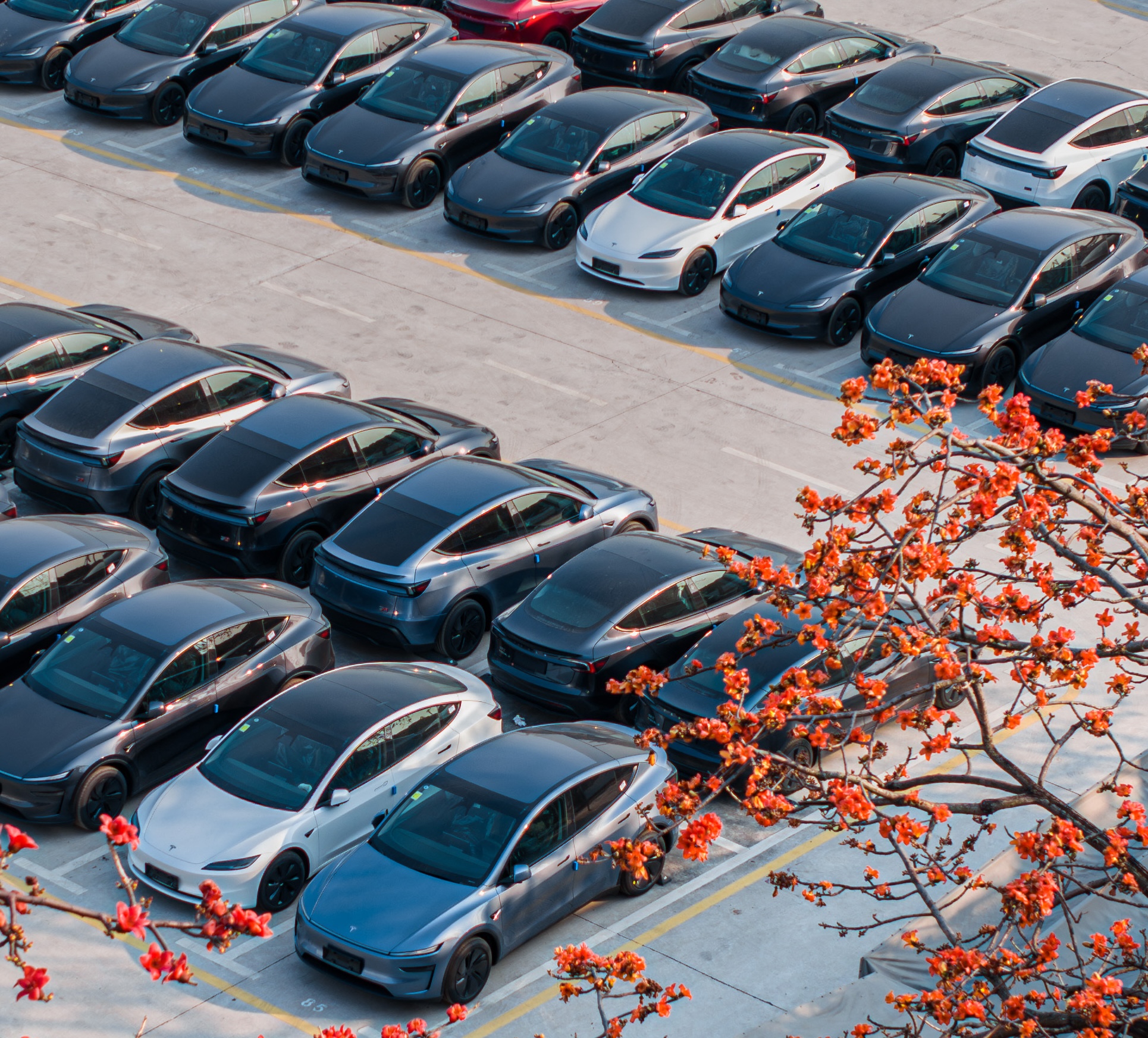
Tesla is dominating in the United Kingdom so far through 2025, and with about two weeks left in the year, the Model Y and Model 3 are leading the way.
The Model Y and Model 3 are the two best-selling electric vehicles in the United Kingdom, which is comprised of England, Scotland, Wales, and Northern Ireland, and it’s not particularly close.
According to data gathered by EU-EVs, the Model Y is sitting at 18,890 units for the year, while the Model 3 is slightly behind with 16,361 sales for the year so far.
The next best-selling EV is the Audi Q4 e-tron at 10,287 units, lagging significantly behind but ahead of other models like the BMW i4 and the Audi Q6 e-tron.
GOOD NEWS 🇬🇧 Tesla is absolutely crushing the UK electric vehicle market in 2025 💥
The numbers are in, and the dominance is clear. With an impressive amount of 42,270 vehicles delivered year-to-date, the brand now commands a solid 9.6% market share of the total auto market 🆒… pic.twitter.com/dkiGX9kzd0
— Ming (@tslaming) December 18, 2025
The Model Y has tasted significant success in the global market, but it has dominated in large markets like Europe and the United States.
For years, it’s been a car that has fit the bill of exactly what consumers need: a perfect combination of luxury, space, and sustainability.
Both vehicles are going to see decreases in sales compared to 2024; the Model Y was the best-selling car last year, but it sold 32,610 units in the UK. Meanwhile, the Model 3 had reached 17,272 units, which will keep it right on par with last year.
Tesla sold 50,090 units in the market last year, and it’s about 8,000 units shy of last year’s pace. It also had a stronger market share last year with 13.2 percent of the sales in the market. With two weeks left in 2025, Tesla has a 9.6 percent market share, leading Volkswagen with 8 percent.
The company likely felt some impact from CEO Elon Musk’s involvement with the Trump administration and, more specifically, his role with DOGE. However, it is worth mentioning that some months saw stronger consumer demand than others. For example, sales were up over 20 percent in February. A 14 percent increase followed this in June.
News
Tesla Insurance officially expands to new U.S. state
Tesla’s in-house Insurance program first launched back in late 2019, offering a new way to insure the vehicles that was potentially less expensive and could alleviate a lot of the issues people had with claims, as the company could assess and repair the damage itself.
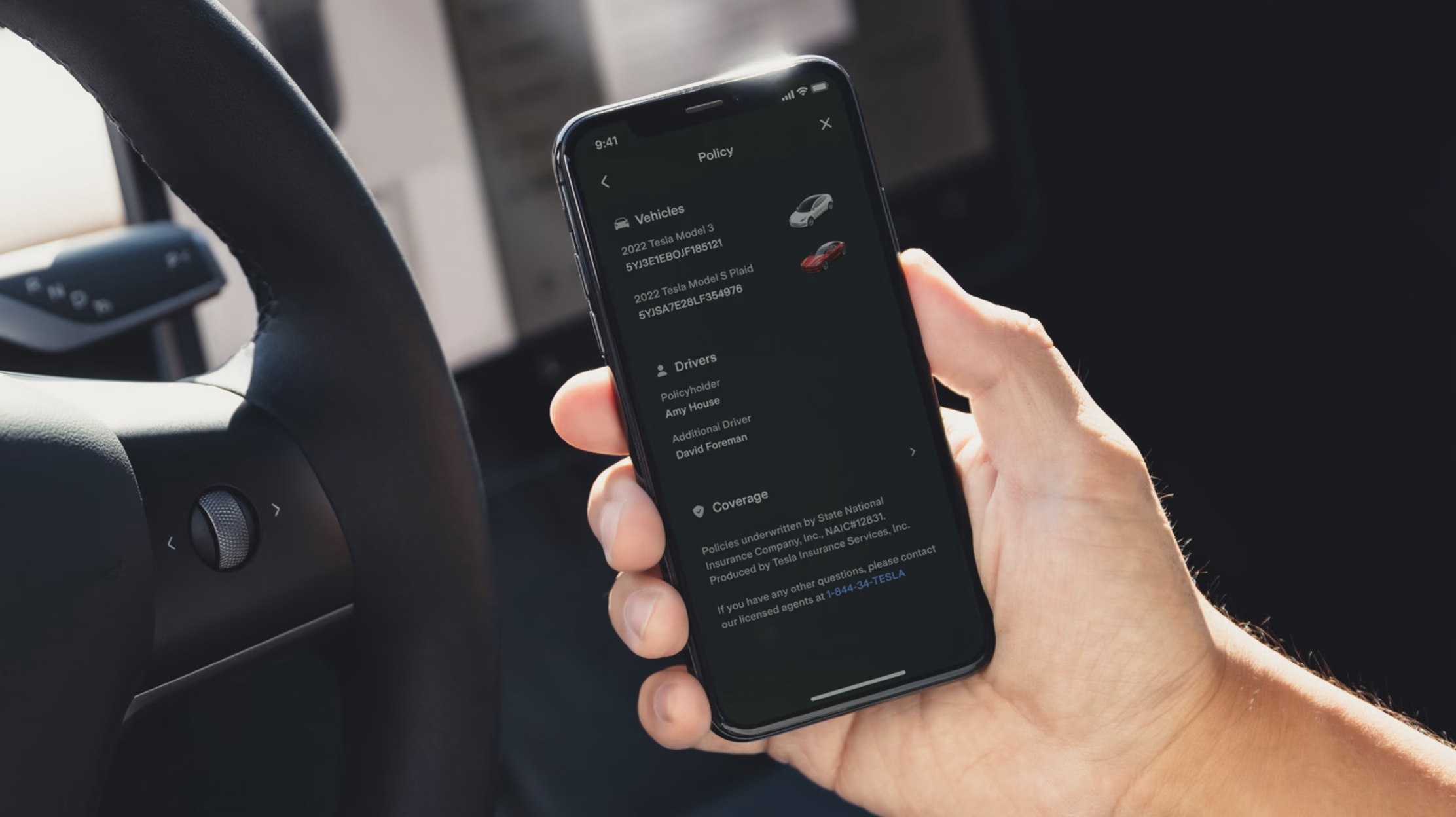
Tesla Insurance has officially expanded to a new U.S. state, its thirteenth since its launch in 2019.
Tesla has confirmed that its in-house Insurance program has officially made its way to Florida, just two months after the company filed to update its Private Passenger Auto program in the state. It had tried to offer its insurance program to drivers in the state back in 2022, but its launch did not happen.
Instead, Tesla refiled the paperwork back in mid-October, which essentially was the move toward initiating the offering this month.
BREAKING: Tesla Insurance has just officially launched in Florida.
This is the first new state to receive @Tesla Insurance in more than 3 years. In total, Tesla insurance is now available in 13 U.S. states (map in thread below of all the states).
Tesla Insurance in Florida uses… pic.twitter.com/bDwh1IV6gD
— Sawyer Merritt (@SawyerMerritt) December 17, 2025
Tesla’s in-house Insurance program first launched back in late 2019, offering a new way to insure the vehicles that was potentially less expensive and could alleviate a lot of the issues people had with claims, as the company could assess and repair the damage itself.
It has expanded to new states since 2019, but Florida presents a particularly interesting challenge for Tesla, as the company’s entry into the state is particularly noteworthy given its unique insurance landscape, characterized by high premiums due to frequent natural disasters, dense traffic, and a no-fault system.
Annual average premiums for Florida drivers hover around $4,000 per year, well above the national average. Tesla’s insurance program could disrupt this, especially for EV enthusiasts. The state’s growing EV adoption, fueled by incentives and infrastructure development, aligns perfectly with Tesla’s ecosystem.
Moreover, there are more ways to have cars repaired, and features like comprehensive coverage for battery damage and roadside assistance tailored to EVs address those common painpoints that owners have.
However, there are some challenges that still remain. Florida’s susceptibility to hurricanes raises questions about how Tesla will handle claims during disasters.
Looking ahead, Tesla’s expansion of its insurance program signals the company’s ambition to continue vertically integrating its services, including coverage of its vehicles. Reducing dependency on third-party insurers only makes things simpler for the company’s automotive division, as well as for its customers.
News
Tesla Full Self-Driving gets sparkling review from South Korean politician
“Having already ridden in an unmanned robotaxi, the novelty wasn’t as strong for me, but it drives just as well as most people do. It already feels like a completed technology, which gives me a lot to think about.”
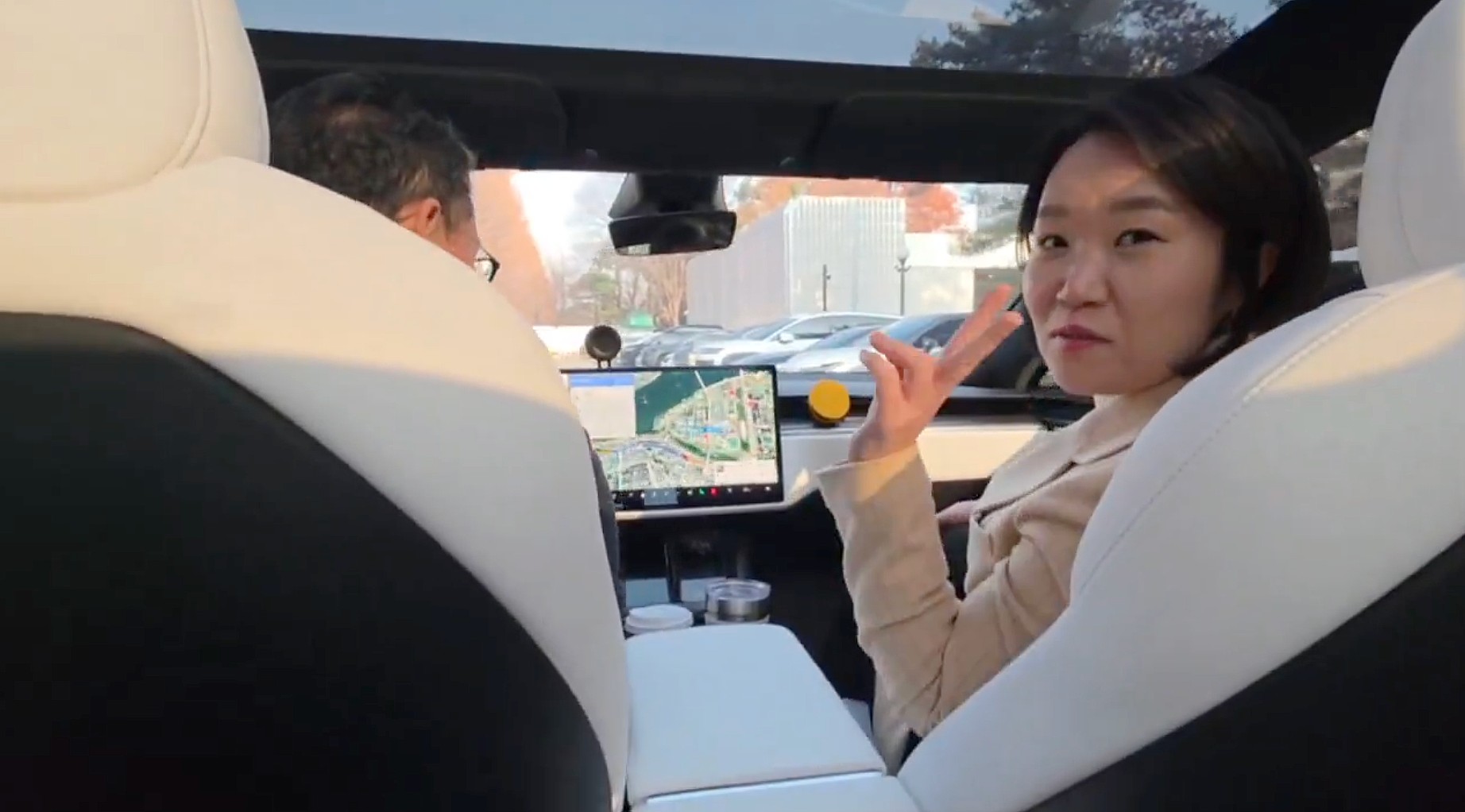
Tesla Full Self-Driving got its first sparkling review from South Korean politician Lee So-young, a member of the country’s National Assembly, earlier this week.
Lee is a member of the Strategy and Finance Committee in South Korea and is a proponent of sustainable technologies and their applications in both residential and commercial settings. For the first time, Lee was able to utilize Tesla’s Full Self-Driving technology as it launched in the country in late November.
Her thoughts on the suite were complimentary to the suite, stating that “it drives just as well as most people do,” and that “it already feels like a completed technology.”
드디어 오늘, 서울에서 테슬라 FSD 체험 했습니다.
JiDal Papa님의 모델S 협찬에 힘입어^^ 파파님 정말 감사합니다.
국회 -> 망원시장 -> 홍익대 -> 국회 복귀 코스였고요.
이미 무인 로보택시를 타봐서 그런지 신기함은
덜했지만, 웬만한 사람만큼 운전을 잘하네요.이미 완성된 기술이라고… pic.twitter.com/8pAidHBpRG
— 이소영 국회의원 (Soyoung Lee) (@im_soyounglee) December 17, 2025
Her translated post says:
“Finally, today I got to experience Tesla FSD in Seoul. Thanks to the Model S sponsored by JiDal Papa^^, I’m truly grateful to Papa. The route was from the National Assembly -> Mangwon Market -> Hongik University -> back to the National Assembly. Having already ridden in an unmanned robotaxi, the novelty wasn’t as strong for me, but it drives just as well as most people do. It already feels like a completed technology, which gives me a lot to think about. Once it actually spreads into widespread use, I feel like our daily lives are going to change a lot. Even I, with my license gathering dust in a drawer, don’t see much reason to learn to drive a manual anymore.”
Tesla Full Self-Driving officially landed in South Korea in late November, with the initial launch being one of Tesla’s most recent, v14.1.4.
It marked the seventh country in which Tesla was able to enable the driver assistance suite, following the United States, Puerto Rico, Canada, China, Mexico, Australia, and New Zealand.
It is important to see politicians and figures in power try new technologies, especially ones that are widely popular in other regions of the world and could potentially revolutionize how people travel globally.








